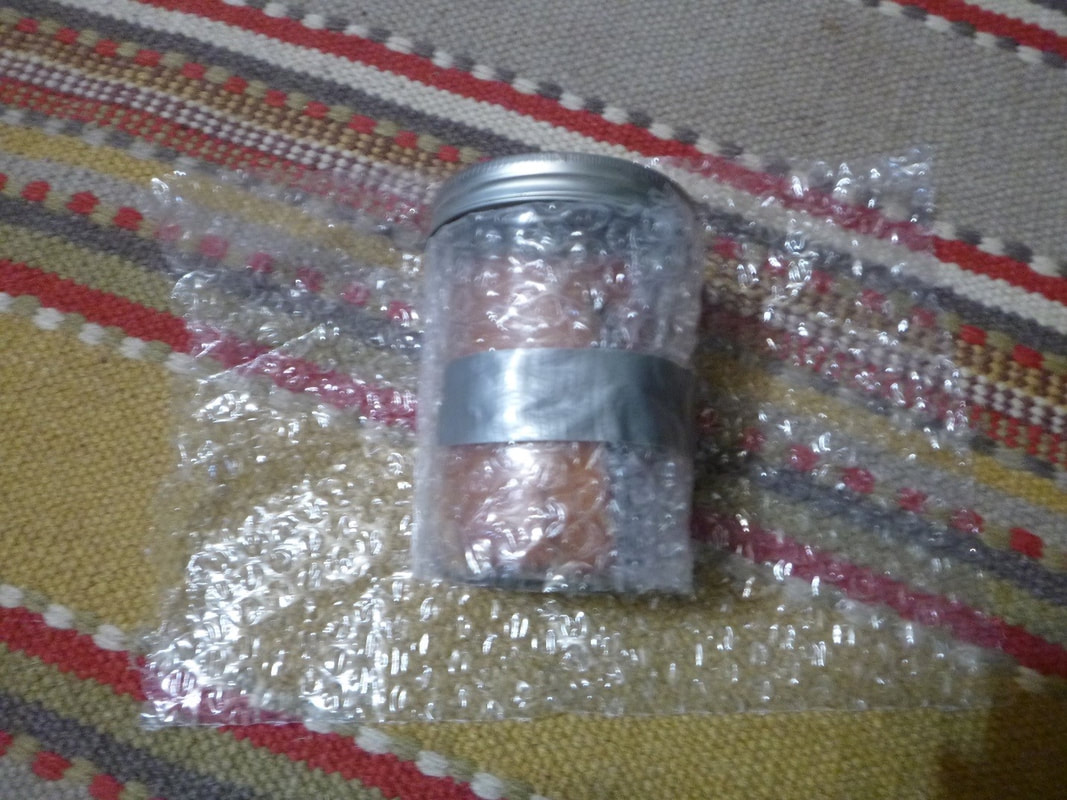|
Copper River Record October 2017 By Robin Mayo You catch the fish. You clean the fish. You fillet the fish. You brine the fish. You smoke the fish. You pack the jars and run the pressure canner. You unload the canner and line up the jars on the counter, listening for that immensely satisfying “ploink” that means the jar has sealed. You remove the rings, clean the jars, and fill your pantry with bounty. If you are wise and humble, you are now finished. But perhaps you succumb to the sin of pride and post some pictures on facebook. A cooler full of silvery fish. Fillets glistening ruby-orange. A dusky interior shot of the smokehouse. Lines of jars on the counter. And the next thing you know you are inundated with requests from far-off family and friends, wanting a taste. You now have one more step: ship the fish. The two greatest inventions ever for Alaskans who wish to keep in touch with the outside world without breaking the bank are the Alaska Airlines Companion Fare, and the USPS Flat Rate Box. I still remember how excited I was when I discovered that half a dozen pint jars of salmon fit perfectly in a medium flat rate box. It is elegant, efficient, and most importantly, affordable. For $13.60, you can ship anything that fits in the box, anywhere in the US. If it weighs more than two pounds, this is the best bargain around. The heaviest flat rate box I ever received was filled with cool old horseshoes, a lucky shipment for sure. For most situations, I am a “good enough” kind of person. I don’t sweat the details, and strive for simplicity. But for packing jars of smoked salmon for mailing, my motto changes to “Anything worth doing is worth overdoing!” When in doubt, use more tape and bubble wrap. Double up on everything. Did I mention tape and bubble wrap? This is a great way to recycle materials, including bubble wrap, padded envelopes, and anything else cushy. When sending care packages to my wayward daughters, I use fresh socks, purchased by the bundle at Costco. Make Matt Morse happy and use plastic grocery bags instead of sending them to the landfill. You can definitely use some of those Amazon Prime boxes which seem to multiply in the shed. Corrugated cardboard is amazing stuff, as it lends strength and cushioning. It is always good to add something absorbent, in case of disaster. For this I favor back issues of the Copper River Record, so the recipient gets some excellent reading material as well. Start with two medium sized flat rate boxes, available for free at any post office. Fold the bottom of one and tape it well. Line the box with a large plastic bag, such as a kitchen-sized garbage bag. Fold but do not tape the bottom of the second box, and slide it inside the first box, so you now have a double-thick box with a layer of plastic in between. Cut a rectangle of cardboard to fit inside the bottom of the box. This trick works best with wide mouth, straight sided pint mason jars. Narrow mouth pints are a little taller and leave less room for padding, but I sometimes send them anyways because I like to get rid of them. If you use wide-mouth half pints, you can stack them in pairs and send a whole dozen. Make sure each jar has a metal ring, well tightened. First, wrap only the exposed glass sides in small-gauge bubble wrap, or other similar cushy padding. Add another layer which covers the metal ring as well, and folds over to pad the top and bottom of the jar. Secure the whole bundle with plenty of tape. When all the jars are individually wrapped, it’s time to pack the box. Cut strips of corrugated cardboard and put them between the jars, around the edges, and anywhere else they will fit. The jars should be packed snugly, but not too tight, and there should not be any movement if you shake it. Try closing the box before deciding if you need another layer of cardboard on top of the jars. Fold the flaps and tape up the inside box, trim and seal the plastic bag, then tape up the outside box. I’ve never had a flat rate box rejected because it bulges a little, but it will be the strongest if the flaps meet. Address the box, and finish it off with plenty of strong tape around every axis. Save another fifty cents by printing your own shipping label at USPS Click and Ship. I’ve never had a failure when shipping salmon this way. But sometimes you don’t want to ship so many jars, you just need a bombproof way of shipping a jar or two. For this purpose, I make each jar into a padded and leak-proof bundle. Several layers of bubble wrap, covered by a full edition of the Copper River Record, folded and taped so all sides are covered. This is packed in a gallon ziplock bag, then put into a larger carton along with whatever else you are shipping. Make sure the jar can’t shift in the larger box. I like to roll the jars up in sheets of corrugated cardboard which are cut to fit the dimensions of the box. Once again, a redundant layer or two is much preferred over a mess of fish oil and broken glass. One box I am presently packing includes jars of smoked salmon and a laptop computer, so you could say the stakes are high. Is all this hassle worth it? Your relatives will love you, and attempt to reciprocate by sending you ripe peaches, or some other local treat. This will probably be somewhat less successful than your salmon mailing escapade. Your friends will want to visit. Ask them to schedule the trip for fishing season next year, so they can help tend the smokehouse, and listen for the “ploink.” Each jar is individually wrapped
0 Comments
Leave a Reply. |
Who We AreWISEfriends are several writers connected with Wrangell Institute for Science and Environment, a nonprofit organization located in Alaska's Copper River Valley. Most of these articles originally appeared in our local newspaper, the Copper River Record. Archives
August 2021
Categories
All
|
|
WISE is a
501(c)3 nonprofit organization |
Contact Us |



 RSS Feed
RSS Feed
